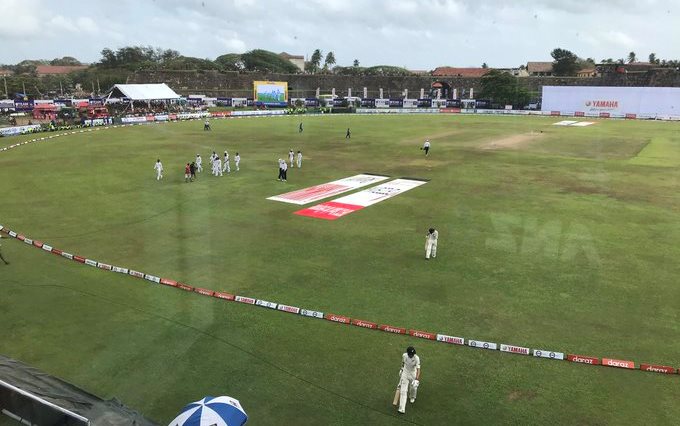Nervous Nineties?
0During the third day of the Sri Lanka v New Zealand Test match at Galle, TV viewers were reminded frequently that the largest target chased successfully at the venue is 99. A grim statistic for a team batting last, painting a picture of Sri Lanka having little chance on a disintegrating surface. While this was often true at Galle in the past and the current pitch is certainly taking spin, there was little evidence on day three of a minefield.
The difficulty with a stat like this is it creates the impression teams batting last at Galle are unable to reach three figures.
Let’s look a bit more at those fourth innings numbers. Of the 33 completed Tests played at Galle, 24 have gone to a fourth innings, resulting in six wins for the team chasing, three draws and 15 losses. Two teams have been bowled out for under 100, but there are plenty of respectable fourth innings totals including nine exceeding 200.
Once the six successful sub-100 chases are excluded, chasing teams have a 50 per cent chance of scoring at least 200. The average runs per wicket in all fourth innings at Galle is 22.07. And unexpectedly, there are three instances of teams chasing down targets in the 90s without losing a wicket.
We can talk about the supposed extra pressure of reaching a target, but the real reason for Galle’s remarkable ’99’ chase figure lies in examining the size of the targets set. For whatever reason, of 24 targets only three have been between 100 and 300 and one of those matches ended in a draw. There are only two examples in 24 matches of teams failing to reach reasonable targets: India out for 112 chasing 176 in 2015 (Herath 7/48) and Pakistan dismissed for 117 in pursuit of 168 in 2009 (Herath 4/15).
New Zealand leads by 177 going into day four. They’ll be pleased to have that many runs on the board and looking to extend the target some way beyond 200, but it’s far from clear yet this is a winning position. Much may depend on whether Ajaz Patel really is New Zealand’s Rangana Herath.
Follow Andrew on Twitter

